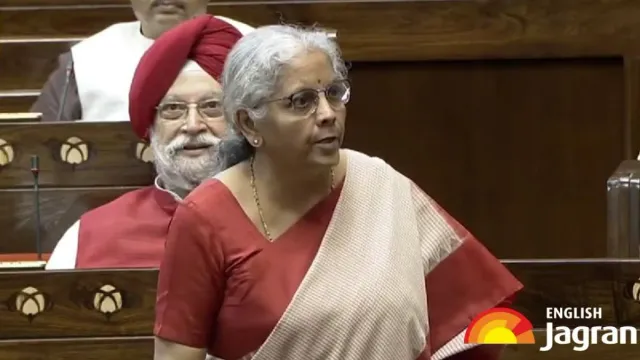- By Abhishek Sheoran
- Sun, 02 Feb 2025 09:00 AM (IST)
- Source:JND
In a major relief for the middle class, Sitharaman announced that individuals earning up to Rs 12 lakh per annum will be exempt from paying taxes. Besides, the tax slabs have been revised. With these changes, taxpayers may have several questions. Here are answers to some of the most frequently asked ones.
What are changes made in new tax slabs?
As per the new regime, tax slabs have been revised in the 2025 Budget. A salaried individual with an annual income of up to Rs 4 lakh will be exempt from paying any tax. For incomes between Rs 4 lakh and Rs 8 lakh, a 5% income tax will apply. The tax rate increases to 10% for the Rs 8 lakh to Rs 12 lakh bracket. For the Rs 12 lakh to Rs 16 lakh, Rs 16 lakh to Rs 20 lakh, and Rs 20 lakh to Rs 24 lakh brackets, the respective tax rates are 15%, 20%, and 25%.
ALSO READ: J-K News: Delhi AIIMS Medical Team Visits Rajouri To Investigate 'Mysterious Disease' | Details
What were old tax slabs?
Previously, the zero-tax ceiling was set at Rs 3 lakh. The 5% tax bracket applied to incomes between Rs 3 lakh and Rs 7 lakh. The 10% tax rate was levied on the Rs 7 lakh to Rs 10 lakh slab. Incomes between Rs 12 lakh and Rs 15 lakh were taxed at 15%. Earnings above Rs 15 lakh were subject to a 30% tax rate.
How will income above Rs 12 lakh per annum be made tax-free?
As per the Budget document, the government will offer rebates to individuals earning up to Rs 12 lakh. For salaried taxpayers, this threshold increases to Rs 12.75 lakh, factoring in the standard deduction of Rs 75,000. The document includes a table outlining the government's rebate structure, starting at Rs 10,000 for those with an income of Rs 8 lakh and escalating to Rs 80,000 for individuals earning Rs 12 lakh.
How will the tax on income of Rs 16 lakh per annum be calculated?
Taking an annual income of Rs 16 lakh as an example, the tax calculation would proceed as follows: There is no tax on the first Rs 4 lakh. In the Rs 4 lakh to Rs 8 lakh range, a 5% tax is applied, amounting to Rs 20,000. For the Rs 8 lakh to Rs 12 lakh bracket, a 10% tax is levied, which comes to Rs 40,000. In the Rs 12 lakh to Rs 16 lakh range, the tax rate is 15%, resulting in Rs 60,000. Therefore, the total tax payable is Rs 1,20,000, which is Rs 50,000 less than the amount currently being paid.
Tax calculation on salary above Rs 50 lakh
The revised tax slabs offer a benefit of over Rs 1 lakh to high-salaried individuals. For example, someone earning Rs 50 lakh annually will now pay Rs 10,80,000 in income tax, which is Rs 1,10,000 less than their current tax liability.
ALSO READ: IMD Issues Alert For Light To Heavy Rain In Delhi-NCR, UP; Snowfall Expected In J-K, Himachal
Should one switch from old regime to new regime?
The choice between the new and old tax regimes depends on your financial situation and the exemptions you can claim under the old regime. For instance, if your income is Rs 16 lakh and you claim exemptions totalling Rs 4 lakh, your taxable income will be Rs 12 lakh. Under the old tax regime, this would result in a total income tax of Rs 1,72,500—Rs 52,000 more than what you would pay under the new regime.

